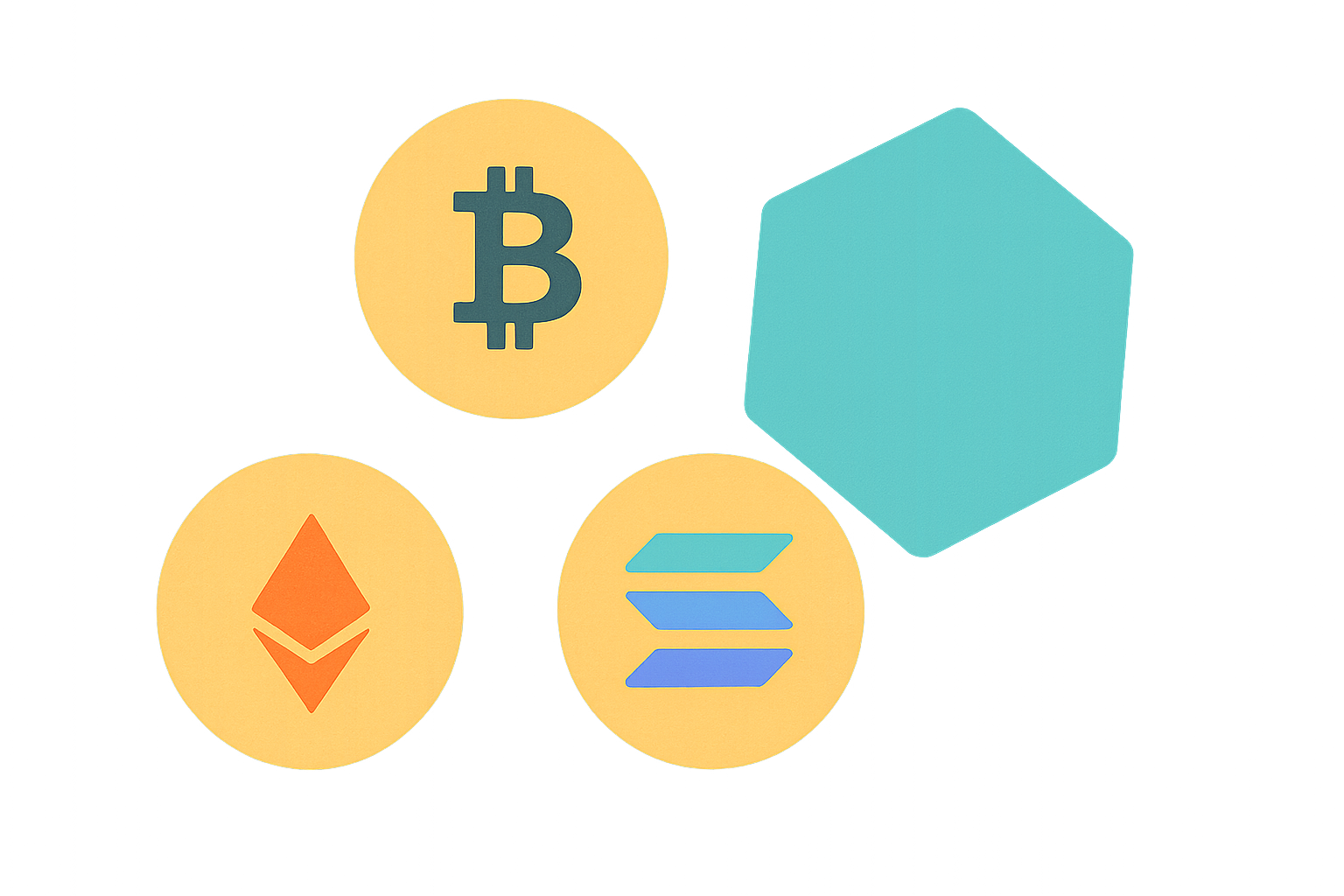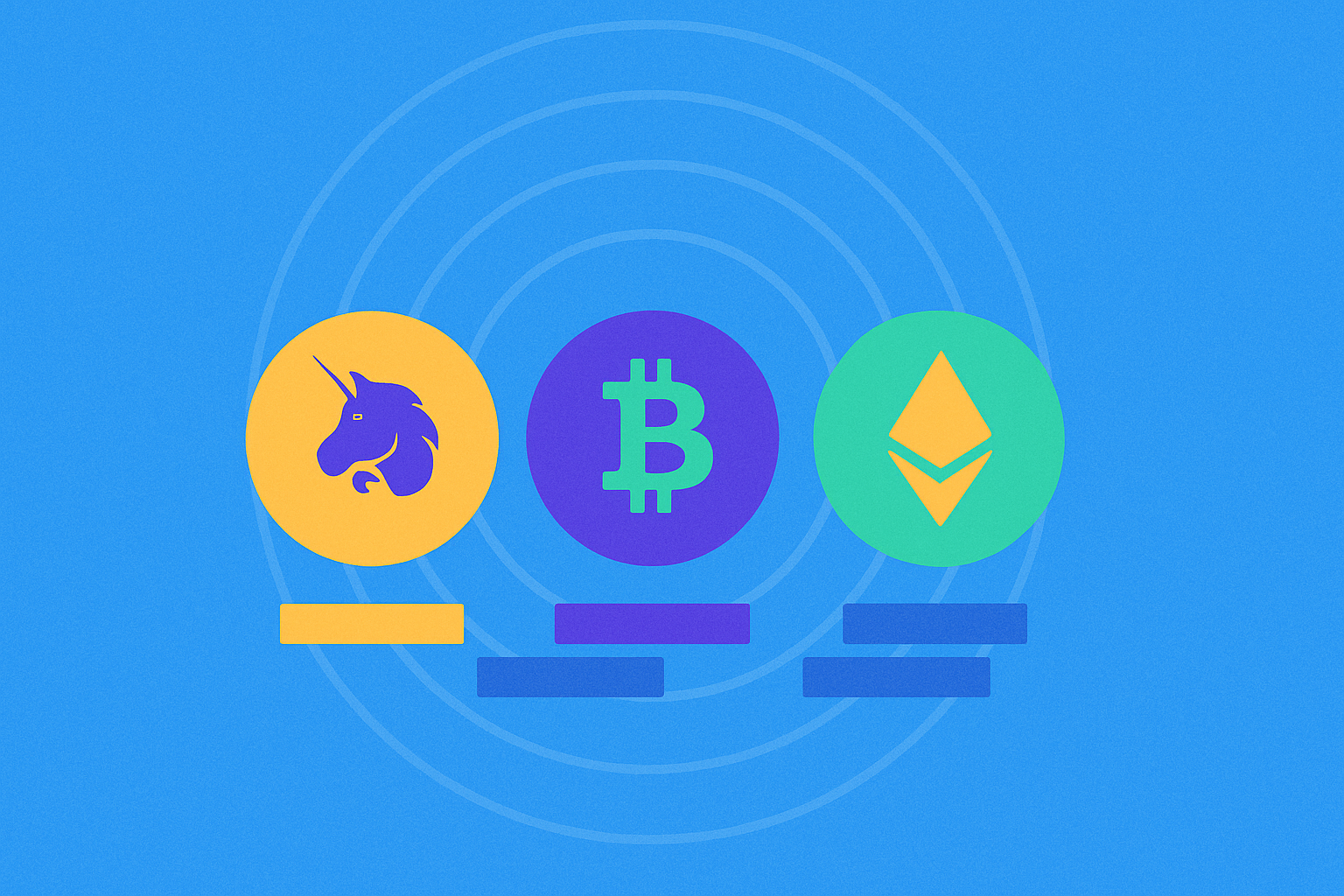Venus Protocol, güvenlik olaylarında 100 milyon dolardan fazla kaybı nasıl yaşadı?

XVS tokenındaki fiyat manipülasyonu Mayıs 2021’de 100 milyon doların üzerinde zarara yol açtı
Mayıs 2021’de Venus Protocol, DeFi piyasasında şimdiye kadar görülen en ciddi piyasa manipülasyonlarından birine sahne oldu; protokolde 100 milyon doları aşan yıkıcı kayıplar meydana geldi. Bu manipülasyon, protokolün yerel XVS tokenı etrafında şekillendi ve koordineli alım hareketleriyle fiyat yapay olarak yükseltildi. Manipülasyon sonucunda, kullanıcılar fazla değerli XVS’yi teminat olarak yatırıp şişirilmiş oranlarla borçlanabildi.
İncelemeler, fonların borsa hesapları üzerinden taşınarak yüksek miktarda XVS alımı gerçekleştirildiğini ve fiyatın kısa süreli olarak yukarı çekildiğini ortaya çıkardı. Yapay olarak neredeyse 147 dolara kadar ulaşan fiyat sonrasında gerçekleşen düzeltmeyle protokolde büyük miktarda batık borç oluştu.
| Manipülasyon Taktikleri | Etkisi |
|---|---|
| Koordineli XVS geri alımları | Fiyatın 146,82 dolar ile tüm zamanların en yüksek seviyesine çıkması |
| Borsalar arası fon hareketleri | Protokolde 100 milyon doların üzerinde zarar |
| Şüpheli içerden katılım | Yaygın likidasyonlar |
Kanıtlar, Venus ekibinin manipülasyona dahil olabileceğine işaret ediyor. Nisan 2021’deki 3,5 milyon dolarlık belgelenmiş XVS geri alımı, piyasaya müdahale eğilimini gösteriyor. Ayrıca, protokolü daha önce 4.000 ETH ile istismar eden hesaba olan bağlantılar, içerden işbirliği şüphesini artırıyor. Bu olay, yönetişim tokenlarının teminat varlığı olarak kullanıldığı DeFi protokollerinin fiyat oracle manipülasyonuna karşı ne kadar savunmasız olduğunu ortaya koyuyor.
Karmaşık bir oltalama saldırısı, 2023 yılında önemli bir kullanıcının 27 milyon dolar kaybetmesine yol açtı
2023’te kripto para topluluğu, Venus Protocol’ü hedef alan gelişmiş bir oltalama saldırısına tanık oldu ve önemli bir kullanıcı 27 milyon dolar gibi çarpıcı bir tutarı kaybetti. Blokzincir güvenlik firması Cyvers, olayı ilk tespit eden kurum oldu ve kripto güvenliğindeki tehditlerin giderek daha karmaşık hale geldiğine dikkat çekti. Saldırı, XVS ekosistemine odaklanarak köklü DeFi platformlarının dahi gelişmiş sosyal mühendislik tekniklerine karşı savunmasız kaldığını gösterdi.
Bu saldırının etkisi, DeFi’deki tipik güvenlik olaylarıyla karşılaştırıldığında özellikle dikkat çekicidir:
| Saldırı Türü | Finansal Etki | Tespit Yöntemi | Kurtarma Oranı |
|---|---|---|---|
| XVS Oltalama (2023) | 27 milyon dolar | Harici güvenlik firması | Minimum |
| Ortalama DeFi Açığı | 8,5 milyon dolar | Dahili izleme | %30-%40 |
Bu olay, Venus Protocol’ün BSC üzerinde öncü bir borç verme platformu olma sürecinde; BEP-20 teminat varlıklarıyla sentetik stabilcoin ihraç ettiği bir dönemde yaşandı. Protokolün yerel yönetişim tokenı XVS, saldırı haberiyle birlikte ciddi fiyat dalgalanması yaşadı.
Güvenlik ihlali, Venus Protocol’ün güvenlik altyapısı ve kullanıcı eğitimi çalışmalarını güçlendirmesini sağladı. Bu vaka, DeFi kullanıcılarının giderek karmaşıklaşan oltalama saldırılarına karşı tetikte olması gerektiğini gösteriyor; saldırganlar standart güvenlik önlemlerini aşabilen yöntemler geliştirmeye devam ediyor. Benzer olaylara ait veriler, bilinçlendirme eğitimlerinin oltalama zafiyetini yaklaşık %70 azaltabildiğini ve eğitimin kripto ekosisteminde kapsamlı güvenlik stratejilerinin vazgeçilmez bir parçası olduğunu ortaya koyuyor.
Venus Protocol, açıkları gidermek için güvenlik önlemleri devreye aldı
Venus Protocol, DeFi borç verme platformundaki potansiyel açıkları gidermek amacıyla kapsamlı bir güvenlik altyapısı oluşturdu. Protokol, merkeziyetsiz özerk organizasyon (DAO) yapısı ile çalışıyor; böylece yönetişim kararları merkezi bir otoritenin yerine XVS token sahipleri tarafından alınıyor. Bu yönetişim modeli, topluluk katılımıyla güvenlik tehditlerine hızlı yanıt verilmesini mümkün kılıyor.
En önemli güvenlik özelliklerinden biri, olası saldırılarda belirli piyasaların veya fonksiyonların geçici olarak durdurulmasını sağlayan ayrıntılı durdurma mekanizmasıdır; böylece tüm protokol kesintiye uğramadan müdahale edilebiliyor. Hexagate’in gerçek zamanlı izleme sistemiyle şüpheli hareketlilik tespit edildiğinde, tüm piyasalar anında durdurularak büyük kayıplar önlendi.
Venus Protocol’ün güvenlik önlemleri şunlardan oluşuyor:
| Güvenlik Özelliği | İşlevi |
|---|---|
| Otomatik risk kontrolleri | Yeni tehditleri otomatik olarak tespit edip müdahale etmek |
| Bağımsız güvenlik denetimleri | Akıllı sözleşmelerin bütünlüğünü dağıtımdan önce doğrulamak |
| Gerçek zamanlı izleme | Şüpheli aktiviteler için anında uyarı sağlamak |
| Proaktif tehdit önleme | Açıkları istismara uğramadan önce tespit etmek |
Tüm bu önlemlere rağmen oltalama saldırıları halen büyük bir risk oluşturuyor. Eylül 2025’te bir Venus Protocol kullanıcısı, sofistike bir oltalama saldırısında 27 milyon dolar kaybetti ve DeFi’de sosyal mühendislik tehditlerinin devam ettiğini gösterdi. Sektör verilerine göre, 2025’te DeFi açıklarının %56,5’i oltalama kaynaklı olup, çalınan fonların %80,5’i bu olaylardan kaynaklanıyor.
Venus Protocol, yakında gerçekleşecek Venus V5 yükseltmesiyle güvenlik mimarisini güçlendirmeye devam ediyor ve merkeziyetsizlik, gelişmiş yönetişim ve kullanıcı koruma stratejilerini daha da ileri taşımayı hedefliyor.
SSS
XVS kripto nedir?
XVS, Venus Protocol’ün yönetişim tokenıdır; merkeziyetsiz bir borç verme platformunda ödül kazanmayı ve protokolde yönetim sürecine katılmayı sağlar. XVS, protokol değişikliklerinde oy kullanmak ve teşvik elde etmek için kullanılır.
XVS yükselir mi?
Evet, XVS’nin değerinin yükselmesi bekleniyor. Teknik göstergelere göre tahminler, %11,59 artışla 28 Kasım 2025’te 5,17 dolara ulaşacağını öngörüyor.
Elon Musk’ın kripto para biriminin adı nedir?
Elon Musk’ın kendine ait bir kripto para birimi yoktur. Ancak Dogecoin (DOGE) ile yakından ilişkilendiriliyor; kendisi sıkça Dogecoin’i “halkın kriptosu” olarak adlandırıyor.
XVS, Bitcoin ile nasıl karşılaştırılır?
XVS, Venus Protocol’ün yönetişim tokenı; Bitcoin ise merkeziyetsiz dijital para birimidir. XVS’nin piyasa değeri ve fiyatı Bitcoin’den daha düşük olsa da, kendine özgü DeFi fonksiyonları sunar.

WNXM nedir: Wrapped Nexus Mutual Token’un ve DeFi sigortasındaki rolünün detaylı incelenmesi

YB'nin token ekonomik modeli, Filecoin ağı üzerinde nasıl işler?

YFDAI nedir: Getiri Tarımında Devrim Yaratan Merkeziyetsiz Finans Platformunu İncelemek

DF nedir: Python'da Data Frame'leri Verimli Veri Analizi İçin Anlamak

Bir Token Ekonomik Modeli enflasyon, yakım ve yönetişimi nasıl dengeler?

Zincir üstü veriler, WLFI'nin gerçek dolaşımdaki arzını nasıl ortaya çıkarır?

Zincir Üzeri Verileri Nasıl Analiz Edebiliriz: Aktif Adresler, İşlem Hacmi, Whale Dağılımı ve Gas Ücretleri

Sanal Gerçekliğin Kökenlerini Keşfetmek: Öncüler ve Yenilikler

# Borsa Net Akışı Nedir ve Tutma Yoğunluğu Kripto Yatırımcıları İçin Neden Önemlidir?

Litecoin (LTC) borsa girişleri ve çıkışları, 2025 yılında fiyat hareketleri üzerinde nasıl bir etki yaratır?

CHZ, ChilizX platformundaki çekim problemleri nedeniyle %12,5 oranında düştü







